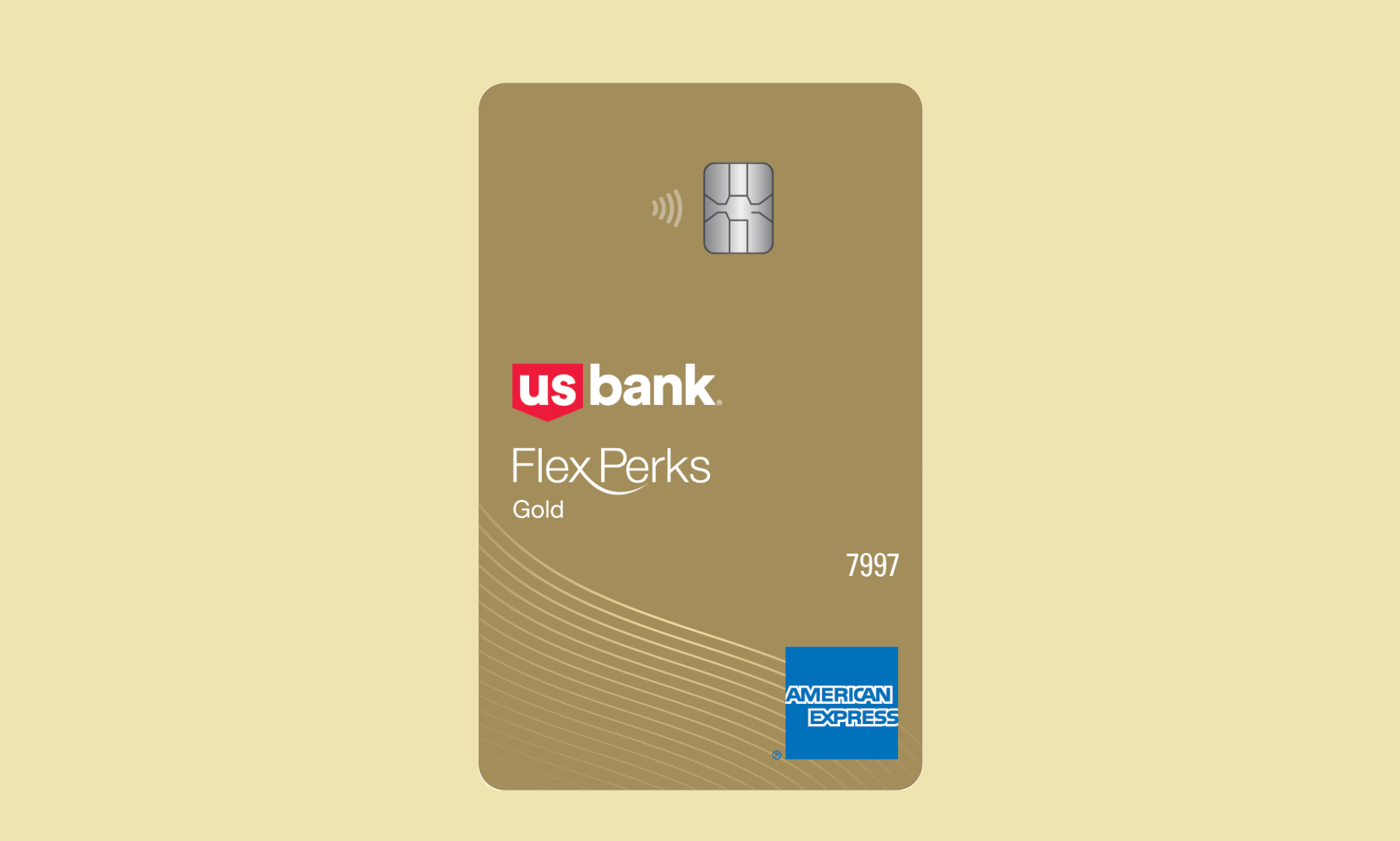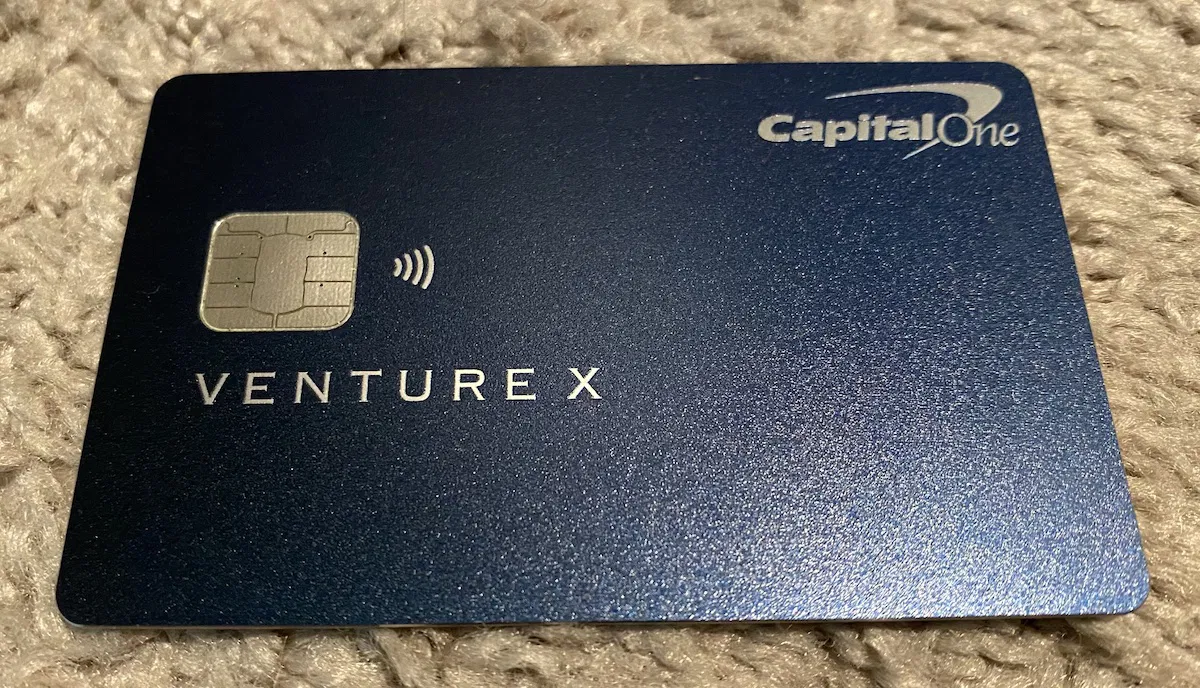Trends in Credit Cards: Innovations and Technologies Changing the Market

The Evolving Credit Card Landscape
The landscape of credit cards is evolving rapidly, driven by innovations and technological advancements. These changes not only enhance security but also improve user experience and access. Understanding these trends is crucial for consumers wanting to navigate the credit market effectively.
Mobile Wallet Integration
Many credit cards now work seamlessly with mobile wallets, allowing for easy payments using smartphones. Mobile wallets, such as Apple Pay, Google Pay, and Samsung Pay, enable consumers to store their credit card information securely on their devices. This technology not only simplifies the payment process but also provides an added layer of security through tokenization. For instance, when you make a purchase, your actual credit card number is never shared with the merchant; instead, a unique token is used to complete the transaction. This process reduces the risk of your card details being stolen, making shopping more secure.
Contactless Payments
This technology speeds up transactions and offers convenience, especially in busy environments. Ingenious payment methods that allow you to simply tap your card at a terminal without entering your PIN are becoming increasingly popular. For example, during the COVID-19 pandemic, many retailers adopted contactless payment systems to promote social distancing and enhance customer safety. This method is not only swift but also encourages a smoother checkout experience, allowing you to grab your morning coffee and go without delay.
Advanced Security Features
Innovations like biometric authentication and encrypted chips are reducing fraud. For instance, some credit cards now incorporate fingerprint scanners, where your card will only allow transactions if it recognizes your fingerprint. Additionally, encrypted chips protect your data through complex algorithms, providing peace of mind as you shop both online and in-store. These advanced security measures are essential in a time when data breaches are becoming increasingly common.
Consumer-Oriented Features
As the market adapts, new features emerge that cater to the preferences of modern consumers. For instance, rewards programs tailored to individual spending habits are becoming commonplace. If you regularly dine out, you might find a card that offers higher cashback rates or points on restaurants. Moreover, budgeting tools are now incorporated into credit card apps, helping users track expenses effectively and manage credit responsibly. These tools can categorize your spending and even notify you when you’re approaching your budget limits.
Another beneficial feature is flexible payment plans. Many credit cards now allow consumers to break up larger purchases into smaller, manageable payments. This is particularly useful for substantial expenses, such as electronics or furniture, helping prevent immense financial burden and making things more affordable.
Conclusion
Staying informed about these trends will empower consumers to make wiser decisions, ensuring they take full advantage of the benefits available in today’s credit landscape. With technology continuously changing the way we use credit cards, it’s essential to remain updated on these features. In this article, we will explore these trends in detail and their implications for consumers.
DIVE DEEPER: Click here to discover more about sustainable investing
Emerging Trends in Payment Technologies
As we delve deeper into the realm of credit cards, it becomes evident that consumers are benefiting from a myriad of innovations aimed at enhancing the payment experience. Many of these advancements are not only making transactions easier but also promoting safer practices. Below are some of the most notable trends currently shaping the credit card market.
Artificial Intelligence in Fraud Detection
One of the standout innovations is the integration of artificial intelligence (AI)</strong) in fraud detection systems. Credit card companies are employing machine learning algorithms to analyze spending patterns and identify anomalies that may indicate fraudulent activity. For example, if a cardholder regularly makes purchases in New York and suddenly has multiple transactions in a foreign country, the system can flag these transactions for review. This technology allows for real-time alerts, giving consumers peace of mind and reducing the likelihood of unauthorized transactions.
Wearable Payment Devices
Another fascinating trend is the rise of wearable payment devices. Smartwatches and fitness trackers equipped with payment capabilities are making it possible to pay without rummaging through bags or wallets. Consumers can link their credit cards to these devices, allowing them to simply tap their watch on a payment terminal to complete a purchase. This is especially appealing for those who lead active lifestyles, as it offers a hands-free way to manage payments while on the go.
Enhanced Personalization
In an age driven by personalized experiences, credit card companies are leveraging data analytics to offer more tailored services. Customized rewards programs and benefits, aligned with individual preferences, are becoming increasingly common. For instance, you might find a credit card that offers discounts for streaming services if you’re an avid user or points for travel-related expenses if you frequently travel. These personalized features not only enhance user satisfaction but also foster customer loyalty.
Environmental Consciousness
As sustainability continues to be a pressing global issue, many credit card providers are embracing eco-friendly initiatives. This includes offering cards made from recycled materials or providing rewards for using environmentally responsible services. Some companies are even planting a tree for every new card issued or every certain number of transactions made. This trend resonates well with environmentally conscious consumers who value practices that contribute positively to the planet. Here’s a look at some of the eco-friendly initiatives from various credit card companies:
- Green Rewards Programs: Earning points or cashback for eco-friendly purchases.
- Digital Statements: Encouraging users to opt for electronic statements to reduce paper waste.
- Partnerships with Sustainable Brands: Offering discounts or benefits for purchases from eco-conscious merchants.
As technology continues to evolve, these trends demonstrate the credit card industry’s adaptability to modern consumer needs. The drive towards innovation not only enhances user experience but also pushes for a more secure and personalized approach to managing finances. Understanding these changes is crucial for consumers aiming to leverage the full potential of their credit cards in today’s fast-paced market. In the next section, we will explore more about the implications of these trends on consumer behavior and financial management.
DISCOVER MORE: Click here to dive deeper
Impact of Digital Wallets and Contactless Payments
In addition to the advancements previously discussed, the growing popularity of digital wallets and contactless payments is revolutionizing the credit card landscape. These technologies are altering how consumers manage their finances and execute transactions. With digital wallets, users can store multiple credit card details securely on their smartphones, allowing for quick payments with just a tap or scan.
The Rise of Digital Wallets
Digital wallets, like Apple Pay, Google Pay, and Samsung Pay, are becoming integral components of everyday purchasing. These platforms enable consumers to link their credit and debit cards securely, facilitating seamless transactions without the need to pull out physical cards. When making a purchase at a participating retailer, customers can simply hold their smartphones or smartwatches near a contactless payment terminal. This method is not only convenient but also adds a layer of security; since the actual card number is not transmitted during the transaction, the risk of fraud is significantly reduced.
Contactless Cards: The Evolution of Convenience
Contactless credit cards also contribute to the trend towards faster and more efficient payments. With an embedded RFID chip, consumers can tap their cards on a payment terminal, completing the purchase in seconds. Research indicates that contactless payments can reduce transaction times by up to 30%, which enhances the in-store experience, particularly during busy shopping periods. Businesses appreciate this speed as it can lead to shorter lines and an overall improved customer experience.
Integration of Blockchain Technology
Another exciting development in the credit card market is the exploration of blockchain technology to enhance security and transparency. Although primarily associated with cryptocurrencies, blockchain offers a decentralized ledger system that can provide an impenetrable layer of security for financial transactions. By recording every transaction on a public ledger, the chances of any unauthorized alteration are greatly minimized. Financial institutions are beginning to consider ways to incorporate blockchain to streamline processes and enhance fraud prevention.
Instant Account Access and Approval
The evolution of technology has also significantly accelerated the process of credit approval. Traditionally, applying for a credit card involved lengthy paperwork and waiting periods. However, with the advent of digital platforms, consumers can now apply online and receive instant approvals. Credit card companies leverage sophisticated algorithms and data analysis to assess creditworthiness in real-time, making immediate decisions that enhance customer satisfaction. For example, applicants may receive responses within minutes, allowing them to activate their new cards and start making purchases almost instantly.
The Role of Social Media in Marketing
Finally, the influence of social media in credit card marketing cannot be overlooked. Financial institutions are using platforms like Instagram, TikTok, and Facebook to reach younger demographics who prioritize online engagement. Customized advertisements and influencer partnerships showcase the unique features of credit cards, effectively bringing awareness to niche offerings. This strategy allows consumers to make informed choices based on the experiences of their peers, which in turn drives demand for innovative financial products.
These advancements highlight how the credit card industry is not just evolving technologically but also adapting to the changing preferences and behaviors of consumers. As these trends continue to transform the landscape, they underscore the importance of staying informed about the tools and innovations that can enhance financial management in today’s digital age.
DISCOVER MORE: Click here to learn how to apply
Conclusion
In summary, the credit card industry is undergoing a significant transformation driven by emerging technologies and shifting consumer preferences. Innovations like digital wallets and contactless payments are reshaping the way people shop and manage their finances, ushering in an era characterized by speed and convenience. The ability to make payments with a simple touch or scan not only enhances the shopping experience but also provides enhanced security, a vital consideration for consumers today.
Furthermore, the integration of blockchain technology promises to bolster transaction security, ensuring that credit card users can navigate the spending landscape with confidence against fraud. The transition to instant account access and approval eliminates long waits, reflecting an industry that values customer satisfaction through efficiency. Simultaneously, the rise of social media in marketing strategies demonstrates a shift in how financial products are promoted, catering to younger consumers who prioritize digital interactions.
As these trends continue to evolve, it is crucial for consumers to stay informed and embrace the innovations that can make their financial management simpler and more secure. By understanding these developments, individuals can make well-informed choices that align with their lifestyles and enhance their overall economic well-being. The credit card market is on an exciting path, and navigating these changes with awareness will be key to unlocking its full potential.


